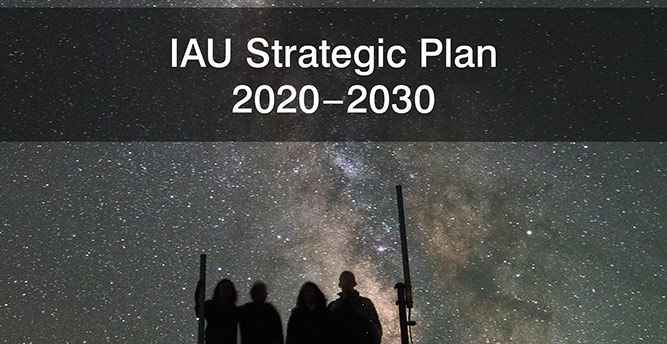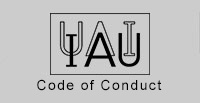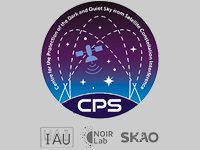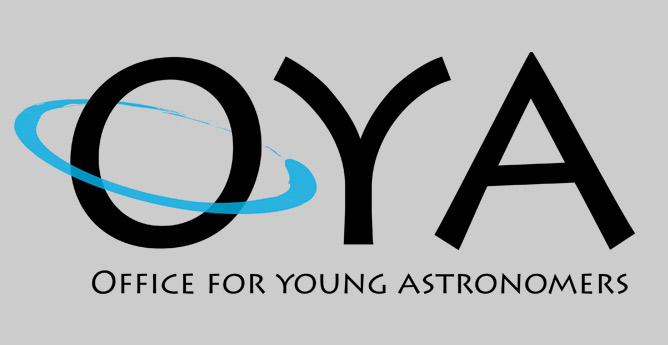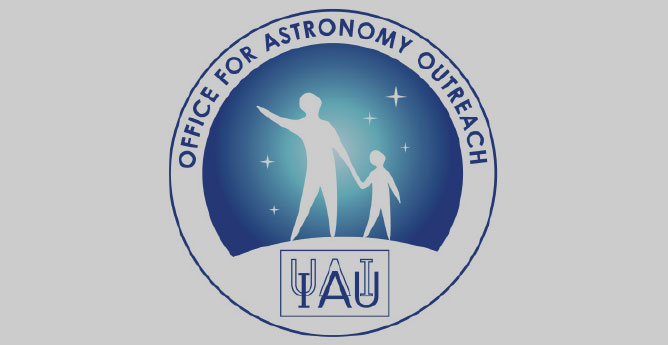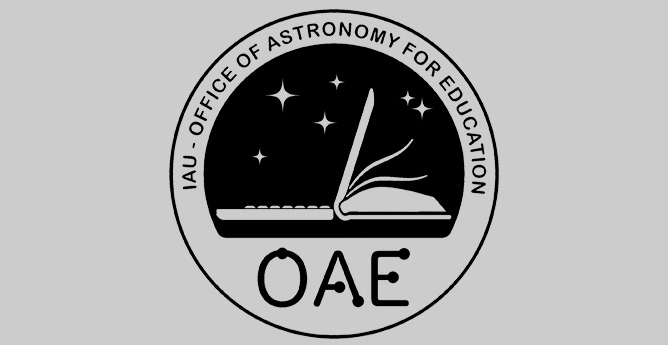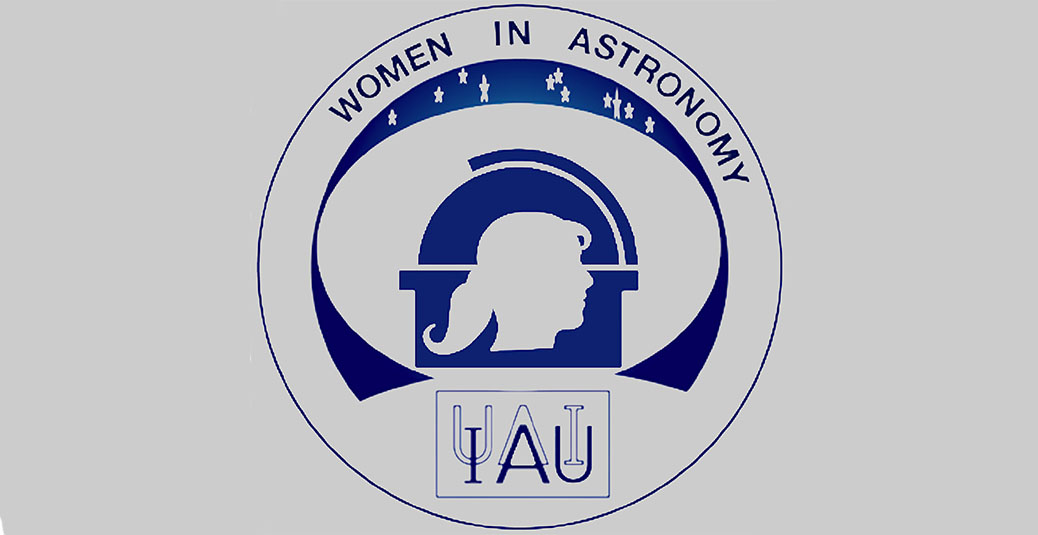- News
- Science
- Scientific Bodies
- Divisions
- Commissions
- Commission A1 Structure
- Commission A2 Structure
- Commission A3 Structure
- Commission A4 Structure
- Commission B1 Structure
- Commission B2 Structure
- Commission B3 Structure
- Commission B4 Structure
- Commission B5 Structure
- Commission B6 Structure
- Commission B7 Structure
- Commission C1 Structure
- Commission C2 Structure
- Commission C3 Structure
- Commission C4 Structure
- Commission C5 Structure
- Commission D1 Structure
- Commission E1 Structure
- Commission E2 Structure
- Commission E3 Structure
- Commission E4 Structure
- Commission F1 Structure
- Commission F2 Structure
- Commission F3 Structure
- Commission F4 Structure
- Commission G1 Structure
- Commission G2 Structure
- Commission G3 Structure
- Commission G4 Structure
- Commission G5 Structure
- Commission H1 Structure
- Commission H2 Structure
- Commission H3 Structure
- Commission H4 Structure
- Commission J1 Structure
- Commission J2 Structure
- Commission J3 Structure
- Commission X1 Structure
- Commission X2 Structure
- Past Commission Organising Committees
- Working Groups
- Centres
- Scientific Meetings
- Rules & Guidelines
- General Assemblies
- Meeting Proposals
- Future IAU Meetings
- General Assemblies
- EC Meetings
- Officers' Meetings
- Regional Meetings
- Symposia
- Focus Meetings
- Institutional Meetings
- IAU Offices Meetings
- IAU-Sponsored Meetings
- Letters of Intent submitted for 2024
- Letters of Intent submitted for 2023
- Letters of Intent submitted for 2022
- Letters of Intent submitted for 2021
- Letters of Intent submitted for 2020
- Past IAU Meetings
- Templates
- Other Meetings
- Grants & Prizes
- Scientific Bodies
- Publications
- IAU Publications
- IAU Strategic Plan
- Symposia
- WGSBN Bulletins
- Regional Meetings
- Information Bulletins/Catalyst
- E-Newsletters
- Focus Meetings
- Transactions A
- Transactions B
- Related Publications
- GA Newspapers
- CAPjournal
- IAU Books
- Brochures
- IAU Offices
- WG Reports
- Commission Reports
- Division Reports
- Past IAU Publications
- Rules, Guidelines and Instructions for Proceedings
- Publishers
- IAU Publications
- Administration
- About the IAU
- Statutes & Rules
- IAU Policies
- IAU Executive Bodies
- IAU Secretariat
- Resolutions
- Members Administration
- Administrative Dates & Deadlines
- International Organisations Relations
- Donate to the IAU
- Training in Astronomy
- Astronomy for Education
- Astronomy for Development
- Astronomy for the Public
- Office for Astronomy Outreach
- FAQ
- Themes
- Satellite Constellations
- Astronomy in Everyday Life
- How to Report a Discovery
- Careers in Astronomy
- Defining our Place in the Cosmos
- The Constellations
- Light Pollution
- Measuring the Universe
- Near Earth Objects
- How to Participate in Astronomy Research
- Naming of Astronomical Objects
- Naming of Exoplanets
- Buying Star Names
- Naming Stars
- Pluto and the Solar System
- IAU Member Statistics
- Our Moon: the Moon
- Meteors & Meteorites: The IAU Definitions of Meteor Terms
- UNESCO-IAU Portal to the Heritage of Astronomy
- Social Media
- Past Events
- Call for Online Resources
- Astronomy@Home Awards
- Contact

Salam Dulaimi
University of Galway
Department of Physics, Centre for Astronomy
125 Dun na coiribe
Galway
H91 AR25 Galway
Ireland
Phone: +353 0892292764
Personal website: https://www.linkedin.com/in/salam-dulaimi-phd-3a4346146/
NCA adherence: Ireland
Last updated:
November 20, 2023
IAU Status
Active Member (Junior Member)
Affiliation(s) within the IAU
- Member of Division A Fundamental Astronomy
- Member of Division B Facilities, Technologies and Data Science
- Member of Division C Education, Outreach and Heritage
- Member of Division D High Energy Phenomena and Fundamental Physics
- Member of Division E Sun and Heliosphere
- Member of Division F Planetary Systems and Astrobiology
- Member of Division G Stars and Stellar Physics
- Member of Division H Interstellar Matter and Local Universe
- Member of Executive Committee WG Junior Members
Areas of interest
1 - General: 1.2 - Extraterrestrial intelligence, 1.6 - Astronomy Education, 1.9 - Astronomy outreach, 1.10 - Astronomy for Development
2 - Physical data and processes: 2.6 - Astroparticle physics, 2.9 - Black hole physics, 2.15 - Gravitational waves, 2.26 - Polarization, 2.31 - Shock waves
3 - Astronomical instrumentation, methods and techniques: 3.1 - Atmospheric effects, 3.3 - Instrumentation, 3.4 - Light pollution, 3.5 - Methods, 3.6 - Site testing, 3.7 - Space vehicles, 3.8 - Space instruments, 3.9 - Techniques, 3.10 - Telescopes: optical, 3.11 - Telescopes: radio, 3.12- Adaptive optics, 3.13 - Interferometry
4 - Astronomical data bases: 4.1 - Astronomical databases: miscellaneous, 4.5 - Virtual observatory tools
5 - Astrometry and celestial mechanics: 5.2 - Celestial mechanics, 5.3 - Eclipses, 5.6 - Parallaxes, 5.7 - Proper motions, 5.9 - Time
6 - The Sun: 6.2 - Sun: activity, 6.3 - Sun: atmosphere, 6.4 - Sun: chromosphere, 6.5 - Sun: corona, 6.18 - Sun: magnetic fields, 6.23 - Sun: rotation, 6.25 - Sun: solar wind, 6.26 - Sun: sunspots, 6.27 - Sun: transition region
7 - Planetary systems: 7.1 - Earth, 7.2 - Moon, 7.3 - Comets, 7.6 - Kuiper belt, 7.8 - Minor planets, asteroids, 7.9 - Near Earth Objects , 7.10 - Planets and satellites:, 7.14 - Exoplanets
8 - Stars: 8.2 - Stars: atmospheres, 8.3 - Stars: chromospheres, 8.4 - Stars: binaries, 8.6 - Stars: brown dwarfs, 8.8 - Stars: coronae, 8.10 - Stars: formation, 8.20 - Stars: late-type, 8.21 - Stars: low-mass, 8.33 - Stars: rotation
9 - Interstellar medium (ISM), nebulae: 9.4 - ISM: clouds, 9.6 - ISM: dust, extinction, 9.16 - ISM: planetary nebulae, 9.17 - ISM: supernova remnants
10 - The Galaxy: 10.4 - Galaxy: disk, 10.5 - Galaxy: evolution, 10.8 - Galaxy: general, 10.18 - Galaxy: structure
11 - Galaxies: 11.5 - Galaxies: clusters, 11.7 - Galaxies: dwarf, 11.10 - Galaxies: formation
12 - Cosmology: 12.6 - Cosmology: dark matter, 12.7 - Cosmology: dark energy
Search individual members


